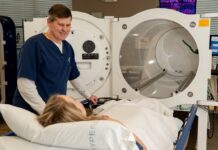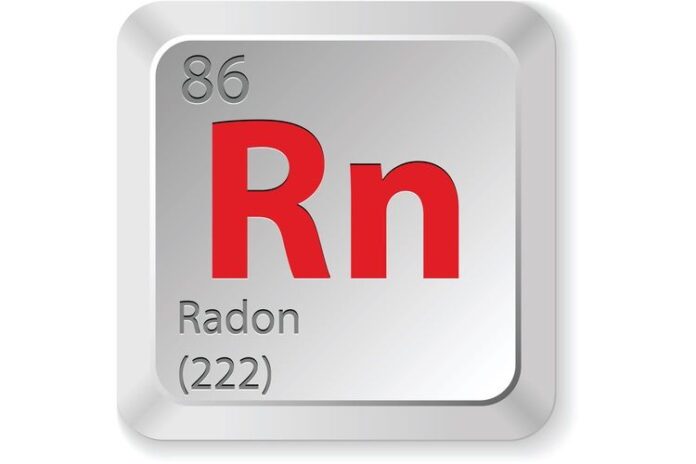
A crucial and initial step in safeguarding the security of homes and the welfare of our loved ones is radon testing. Radon offers a significant health danger when its levels are high since it is a radioactive gas that can seep into structures from the ground. The issue of how to do radon testing successfully must be resolved.
Radon testing Louisville is an essential concern for homeowners and locals in Louisville, a city known for its lovely neighborhoods and varied architectural styles. To safeguard their homes and children against radon, homeowners and locals must take necessary measures to address radon risks. We shall discuss various radon testing methods in this article.
Understanding Radon
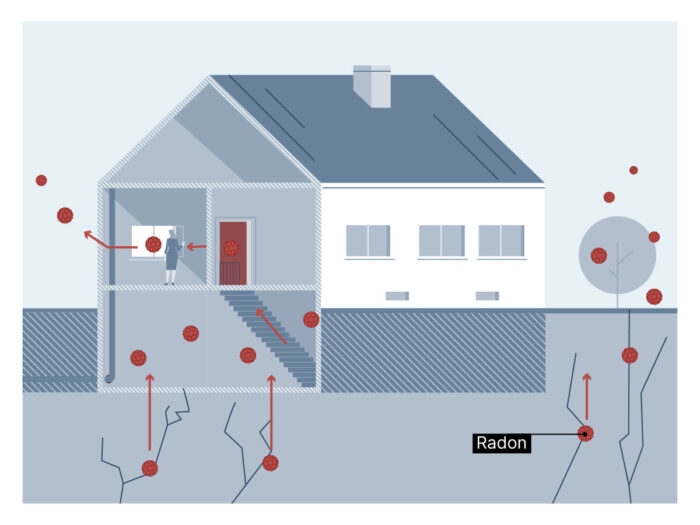
Understanding radon is crucial before diving into the testing procedures. In soil, rock, and water, uranium breaks down naturally to produce a radioactive gas called radon. It is difficult to identify radon without specialized technologies because it has no taste, smell, or color. Radon can infiltrate our homes through foundation cracks, openings in the walls, flooring, and pipes, as well as through well water. Lung cancer risk can rise with continued exposure to radon at high levels.
DIY Radon Testing
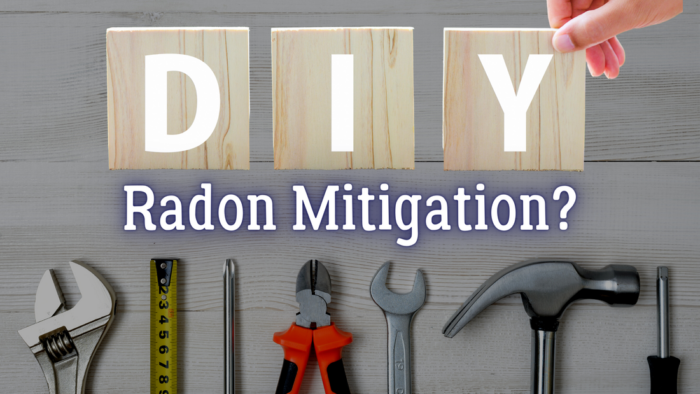
Here are a few do-it-yourself radon testing tips and tricks:
1. Radon Testing Kits
Using a radon testing kit is a common DIY technique for radon testing. Hardware shops, online merchants, and regional health authorities sell these kits. A radon detector, instructions, and a mail-in component to send the device to a lab for analysis are included in radon testing kits.
2. Short-Term Vs. Long-Term Testing
Short-term and long-term tests are the two main types of DIY radon testing kits. Short-term testing usually lasts two to seven days and gives a rapid overview of the radon levels. On the other hand, long-term tests provide a more accurate picture of the average radon concentration over time because they endure for longer than 90 days.
3. Conducting The Test
It is crucial to carefully follow the instructions before using DIY testing kits. Place the detector away from windows, doors, and draughts at the lowest lived-in level of your house. During testing, ensure all windows and doors are closed aside from those used for regular entry and exit.
4. Pros Of DIY Testing
- a) Economical: DIY radon testing kits are typically less expensive than seeing a specialist.
- b) Convenience: DIY kits let you examine your own pace and convenience.
- c) Immediate Results: Short-term testing can deliver outcomes within a few days, providing real-time information on radon levels.
5. Cons Of DIY Testing
- a) Limited Expertise: DIY testing depends on the user’s ability to follow directions and understand the results. Human error and misperception are possibilities.
- b) Lack Of Certification: It is challenging to guarantee the correctness and dependability of DIY kits because they are not approved or regulated by any particular agency.
- c) Limited Scope: Because DIY testing kits typically only offer a single measurement, they may not be able to detect changes in radon levels over time.
Professional Radon Testing
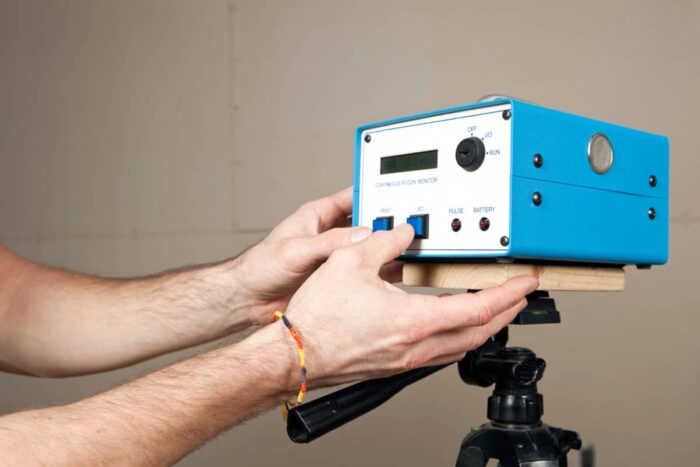
Here are a few professional radon testing tips and tricks:
1. Certified Radon Professionals
As an alternative to doing your testing, consider hiring a certified radon expert. These specialists have the knowledge and training necessary to perform precise radon testing. They are knowledgeable about the tools, testing procedures, and analysis techniques.
2. Continuous Radon Monitoring
The use of continuous radon monitoring devices is an advantage of professional radon testing. These tools offer continuous measurements of radon levels in real-time. Continuous monitoring can offer a more comprehensive understanding of radon levels and fluctuations.
3. Detailed Reporting
Professional radon testing comes with detailed reports about radon levels in your home. You can use this report to assess the severity of the issue and, if necessary, take corrective action.
4. Pros Of Professional Testing
- a) Expertise And Accuracy: Certified specialists have the skills and background necessary to perform accurate radon testing, which reduces the possibility of mistakes.
- b) Reliable Outcomes: Professional testing techniques frequently yield more accurate results and give a more thorough understanding of radon levels.
- c) Peace Of Mind: Hiring a professional can provide peace of mind, knowing that your radon testing is being handled by trained experts.
5. Cons Of Professional Testing
- a) Cost: Compared to DIY testing kits, hiring a professional for radon testing may be more expensive.
- b) Time Restrictions: Conducting professional testing may require setting up an appointment and working with the technician, which may not be as handy as doing it yourself.
Importance Of Radon Testing
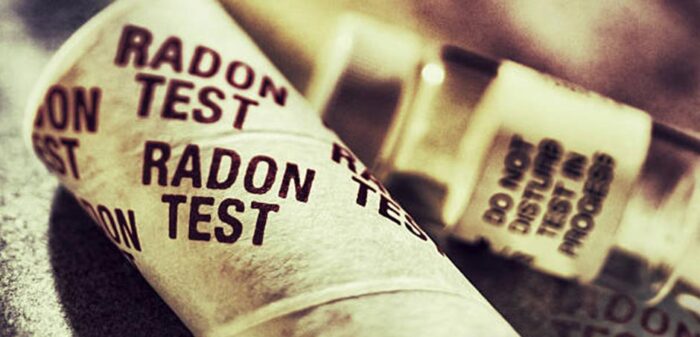
Understanding the importance of radon testing is crucial to safeguarding our homes and the health of our loved ones.
1. Health Risks Associated With Radon Exposure
Since radon is a proven carcinogen, long-term exposure to radon gas can raise the chance of acquiring lung cancer. In fact, according to the EPA, radon is to blame for roughly 21,000 lung cancer deaths in the US each year. It is critical to remember that there is no safe amount of radon exposure and that all levels carry some danger. Testing for radon is the first step in identifying and mitigating potential health hazards.
2. Radon Levels Vary Geographically
Even within the same city or neighborhood, radon levels can differ from one location to the next. The amount of radon in the air is influenced by elements like soil type, geology, and ventilation patterns. You cannot tell if your home is in danger without conducting the necessary testing. Radon testing provides the necessary information to assess the radon levels in your specific location and take appropriate measures.
3. Indoor Air Quality Assessment
In addition to detecting the presence of radon gas, radon testing also evaluates your home’s general indoor air quality. To maintain a healthy living environment, indoor air quality is crucial. By testing for radon, you may learn more about the air quality in your home and take steps to address any potential problems that might harm your health and well-being.
4. Early Detection And Mitigation
Early detection of radon gas levels in your house is made possible through radon testing. Identifying high radon levels early empowers homeowners to take prompt action and implement appropriate mitigation strategies. Systems for radon mitigation can successfully lower radon levels, lowering the health risks of prolonged exposure.
Conclusion
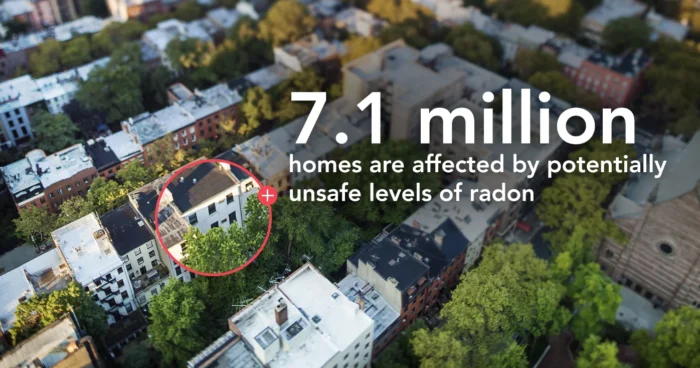
Both the DIY and professional testing methods for radon have advantages and disadvantages. DIY testing kits are convenient and affordable but may not be accurate or well-researched. On the other side, professional testing comes at a premium price but offers precise results, experience, and thorough reporting. The choice between DIY and professional radon testing depends on factors such as your budget, time constraints, and the level of accuracy and peace of mind you desire. Regardless of the approach, it is crucial to prioritize radon testing to ensure the safety of your home and your family’s health.



